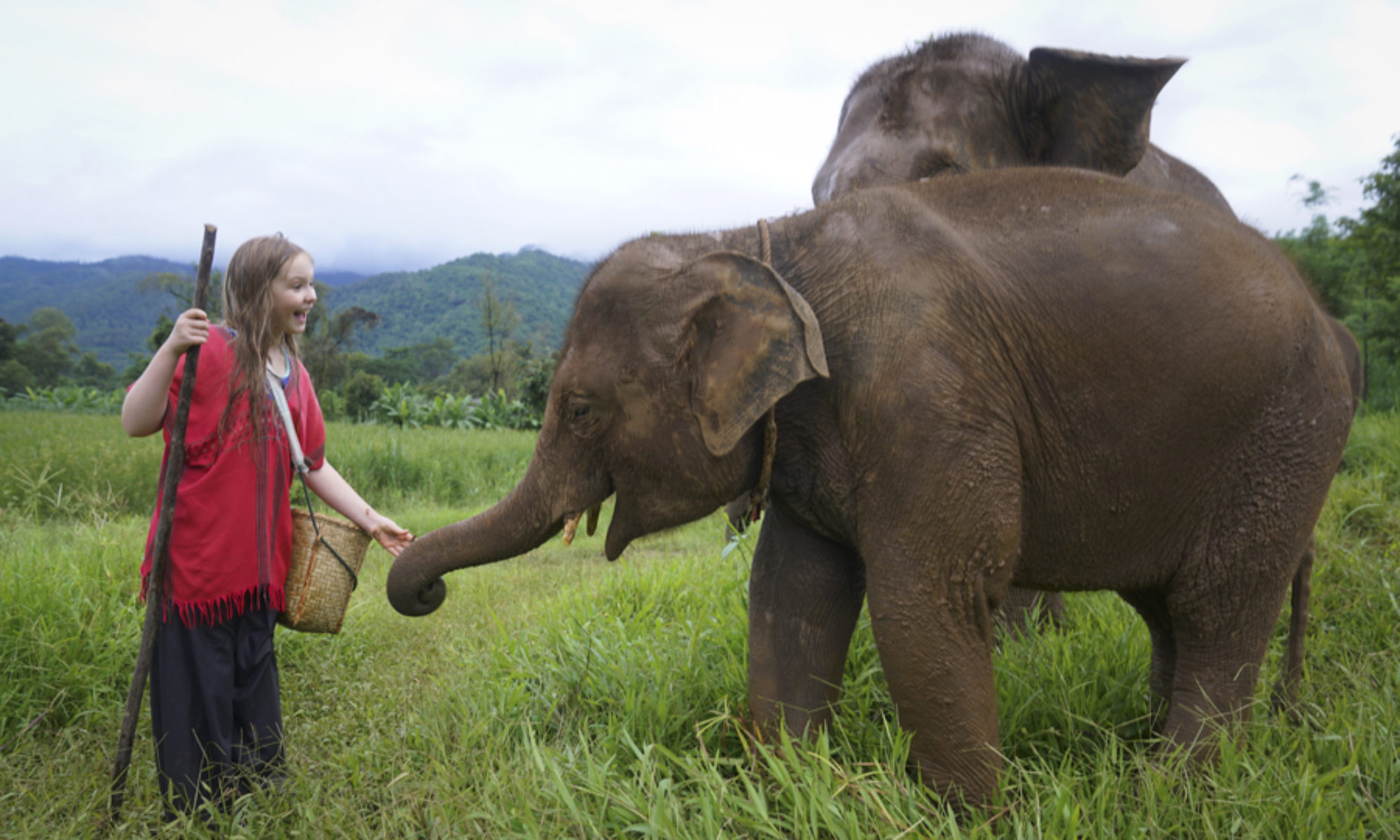
Just finished reading “Four Around the World”, a story of a family who traveled for 5 months with a four-year-old and a baby. They visited Argentina, Chile, New Zealand, Australia and Singapore. A few things struck me as I was reading: I am deeply grateful to be beyond the stage of diapers, baby beds, baby food prep, midnight feedings, etc! as well as the extremely short attention span and swift mood changes of a very young child. The family managed exceptionally well with their little ones, proving that extended travel with young children is possible. But what is ideal? Nearly every traveling family I’ve spoken with has told me that ten-years-old is the ideal age for a child to experience long-term, round-the-world travel. Not only are they very open to new experiences (teen indifference is still a few years away), but they will retain their memories of the trip, which makes for more meaningful travel. (Elise turns 10 this summer, joy!) But in terms of the story, although I appreciated the author’s tenacity and the great efforts she made to get her kids to experience a variety of exotic animals (a priority for Elise), this book left me wanting. I would have gladly given up some childcare detail in exchange for deeper musings on travel as a transformative experience.




You must be logged in to post a comment.